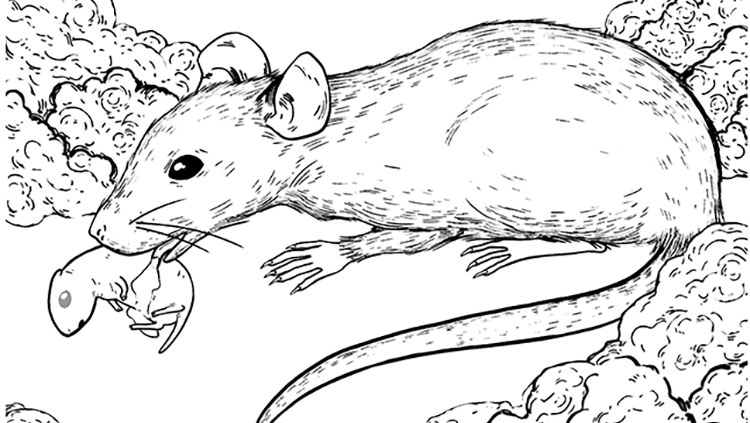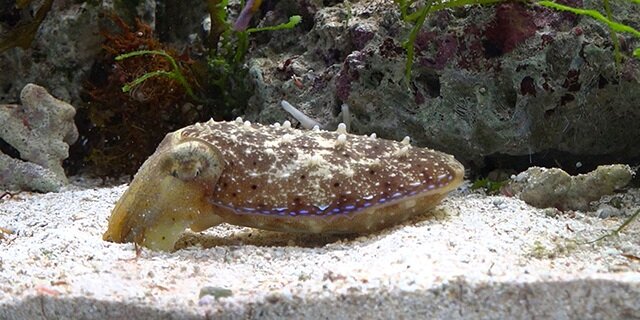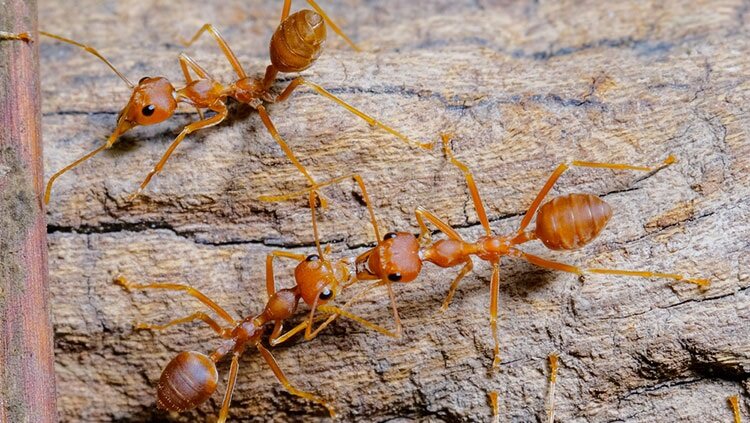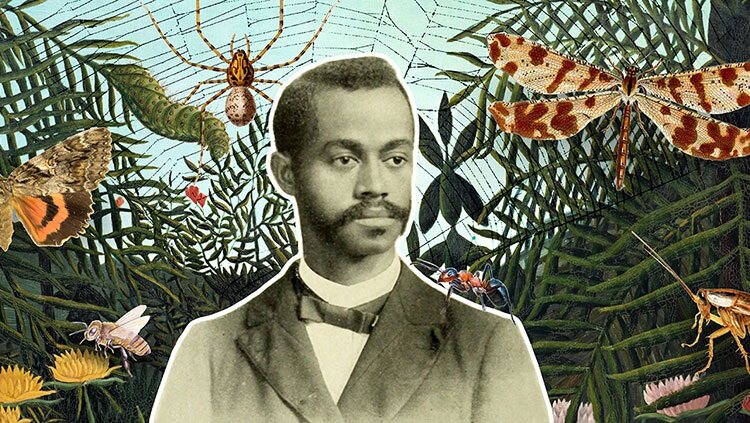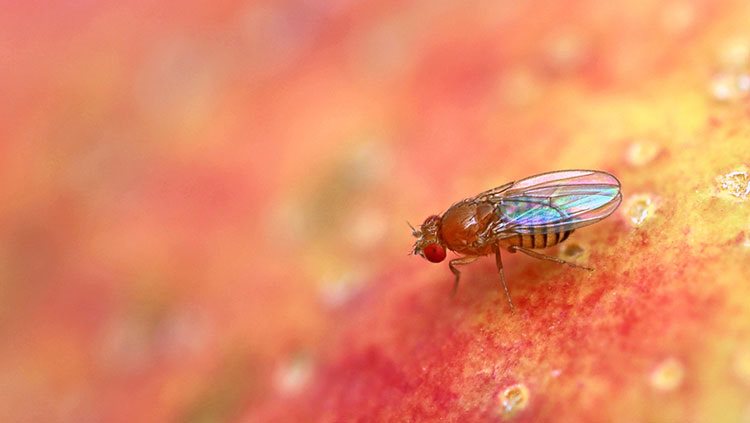Inside the Fly Brain
- Published21 Mar 2016
- Reviewed21 Mar 2016
- Author Michael W. Richardson
- Source BrainFacts/SfN
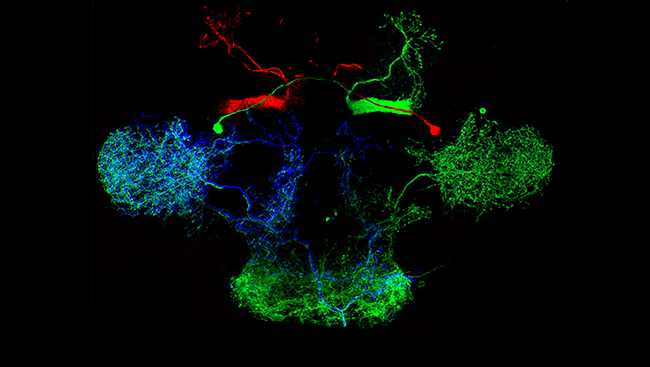
The human brain is maddeningly complex. It’s formed by billions of neurons and trillions of connections between them. In order to study such a complicated structure, scientist often rely on less complex animal models, such as the fruit fly.
Despite possessing relatively few neurons — around 100,000 — the fruit fly brain is still complex enough to produce many different behaviors, including feeding, mating, and sleeping. To figure out how their brains produce these behaviors, scientists labeled neurons that release the neurotransmitter serotonin and observed how the cells connect to each other. The image above shows these cells and their elaborate branches (dendrites) that receive signals from other neurons. Scientists can even turn these cells on and off to test how that changes the fly’s behavior. This research may help uncover how our own brain circuits determine behavior.
CONTENT PROVIDED BY
BrainFacts/SfN
Also In Animals in Research
Trending
Popular articles on BrainFacts.org



